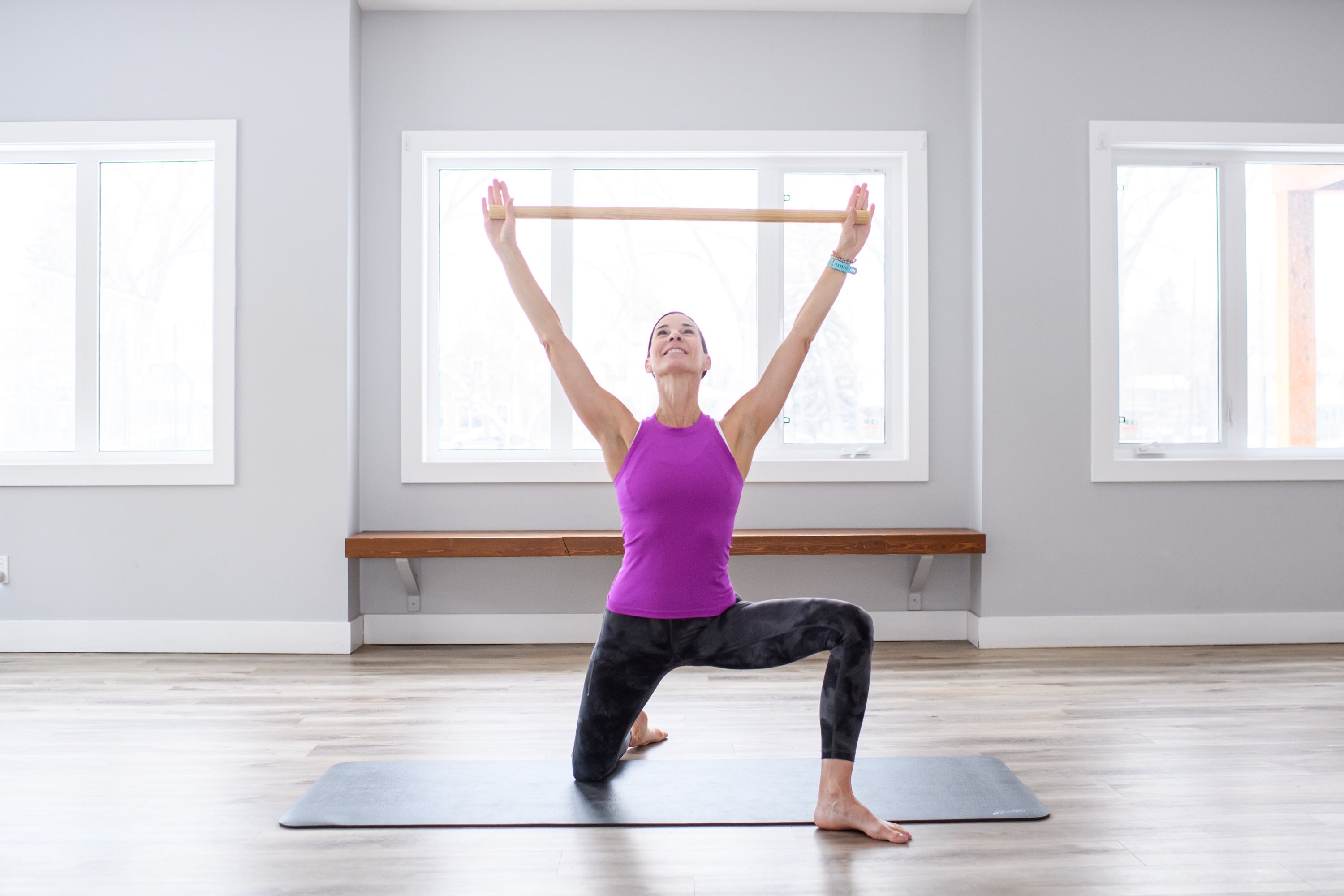Breathe
- Christy Hayne

- Oct 31, 2022
- 2 min read
By Sam Valentine
Very few of us think about the way we breathe, in large part because it's governed by the autonomic nervous system and happens involuntarily. However, there is more to breathing than meets the eye. It can be controlled and used to activate the sympathetic or parasympathetic nervous systems in ways that either supports or degrades human health. Although there has been considerable research on the physiological benefits of breath work in recent years, a good deal of it has been known for millennia and belongs to a long tradition of ancient wisdom.
EIGHT interesting facts about breathing:
Nose breathing is healthier than mouth breathing. 18% more oxygen, for example, is absorbed with nasal inhalation
Nostrils cycle air between the left and right side depending on physiological needs. Breathing through the left nostril has a calming effect on our nervous system, whereas breathing through the right nostril, increases circulation, cortisol levels, blood pressure and heart rate.
Oxygen uptake in the body is determined by high carbon dioxide levels, not low oxygen levels.
The most efficient breathing rhythm involves inhaling to a count of 5.5 seconds and then exhaling to a count of 5.5 seconds.
Fire breathing, a series of quick deep breaths followed by breath holds, helps activate the immune system.
Most people use only about 10% of their diaphragm's range of motion.
Respiratory volume can be increased through exercise.
The single biggest determinant of longevity is not diet, lifestyle or genetics but rather lung capacity.
Not surprisingly, breathing techniques are foundational to Pilates. Effective breathe work can help relax muscles, focus attention, stabilize movement and maximize performance. To better understand this, it's helpful to review what happens during respiration. When we inhale, air is drawn into our lungs, oxygen molecules in this air diffuse into the bloodstream where they are carried to the heart and then pumped out to the rest of the body to help fuel muscles and other tissue.
In general, the most effective way to breathe while practicing Pilates is to:
BREATHE IN during the eccentric phase of the exercise (the part involving lesser exertion) and BREATHE OUT during the concentric phase of the exercise (the part involving greater exertion).
To use an example, when doing toe taps from a table top position, breathe in while lowering the leg and breathe out when lifting it.
One more question that is often asked is whether it's necessary to breathe out through the mouth? It's not, but it allows for more air flow.
A secound question is whether its helpful to purse the lips on exhale. Again, it isn't but it can help control the breathing, and engage certain muscles, such as the traverse abdominals and those in the pelvic floor.
Lastly, is it important to practice heavy breathing (referred to as Ujjayi in some yoga practices)? Again, it isn't but it can be useful in some cases during exercises that require intense exertion.
Remember, to breathe well is to live well. This is true in Pilates as it is in life.




Comments